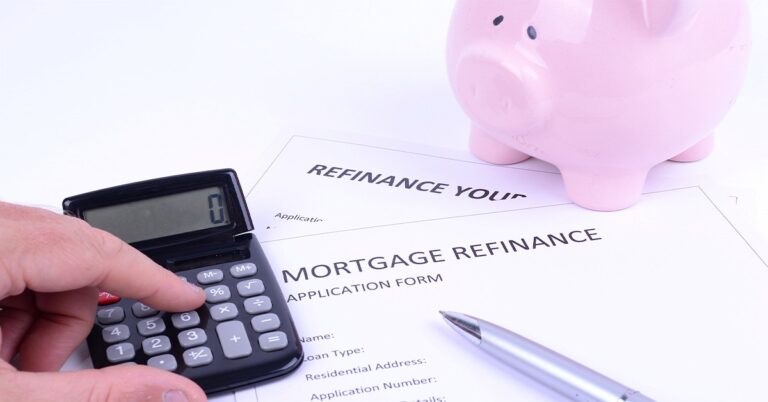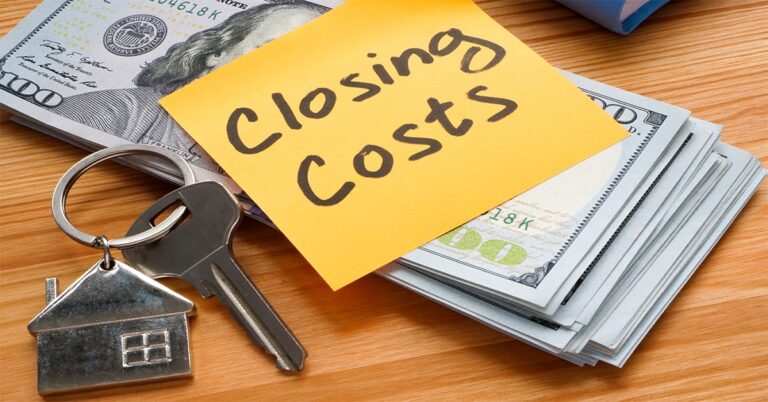Federal Reserve watchers hoping that the February Consumer Price Index (CPI) would give the central bank some quantitative motivation to start easing its benchmark interest rate didn’t get the report they were hoping for.
Inflation picked up again in February, with consumer prices as tracked by the CPI rising 0.4% month over month and 3.2% year over year. The monthly bump fell largely in line with expert estimates, though the annual gain came in slightly hotter than economists expected; consensus forecasts pegged February’s CPI increase at about 3.1%.
That may not sound like much, but every tenth matters when it comes to the Fed’s data-driven approach. More to the point, February’s 12-month pace, while easily below the peak CPI readings from the onset of the Fed’s rate hikes, remains measurably above the Reserve’s stated 2% goal. The core CPI reading, which excises volatile food and energy prices from the equation, stands at 3.8% in February — handily above the Fed’s target as well.
With January’s CPI report likewise disappointing and the policy-setting Federal Open Market Committee set to meet in a week, it’s looking more and more likely that a lowering cycle won’t be in the cards until at least early in the summer.
“Zoomed out, this CPI report suggests that inflation is cooling overall, but doing so slowly,” said Ksenia Potapov, economist at First American Financial Corp. Shelter costs are to blame for a large part of that holdup, as housing is heavily weighted in the CPI, accounting for over a third of the total index. The CPI sub-index for shelter rose in February, as did the index for gasoline; those two indices combined accounted for more than 60% of the overall CPI’s monthly increase.
“The 0.4% [monthly] increase in February CPI was a tick stronger than I expected, but not surprisingly the culprit is owners’ equivalent rent,” noted Moody’s Analytics economist Mark Zandi on X, formerly Twitter. “Exclude it, which I recommend given the difficulty measuring it, [and] year-over-year CPI inflation is 2.2% and core CPI inflation is 1.9%. On target.”
“Shelter inflation lags observed prices by [about] 6-12 months by virtue of how it is measured, so slower rent growth over the past year is expected to drag headline inflation down over time,” Potapov said.
“The Federal Reserve wants to see more evidence that inflation is slowing before cutting rates, which may simply mean more months of slow deceleration. The Fed is unlikely to cut rates before the latter part of this year, and February’s CPI numbers only solidify that.”
Max Slyusarchuk, CEO of A&D Mortgage, acknowledged “the mixed signals these [CPI readings] present for the housing market.”
“Specifically, the shelter index has increased by 5.7% over the past year, which is a critical factor for housing affordability and mortgage rates,” he said. “Homebuyers should remain cautious and consider the potential for rising costs when planning their purchases. For those thinking about buying a home or maybe refinancing, this kind of news can be a bit unsettling. Prices are climbing, and it looks like borrowing might get pricier too. But it’s not all doom and gloom. Energy prices are actually down over the year, which is a silver lining since it can help balance out some of those higher costs.”








